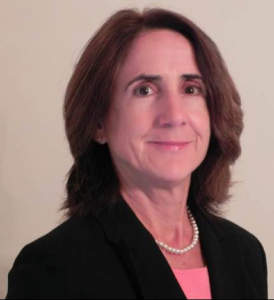The Catalysis Club of Chicago is pleased to announce that Prof. W. Nicholas Delgass (Maxine Spencer Nichols Emeritus Professor of Chemical Engineering at Purdue University) is the recipient of the 2013 Herman Pines Award in Catalysis. This Award is given to recognize Prof. Delgass’ outstanding contributions to catalyst characterization, reaction and catalyst chemistry, and advanced catalyst design. Prof. Delgass first introduced the applications of Mössbauer spectra and XPS to the catalysis community.
Prof. Delgass has served on the editorial boards of leading catalysis journals such as Journal of Catalysis and as chairs for international catalysis conferences. He is a gifted teacher, winning the Purdue School of Chemical Engineering Teaching Awarding for seven times. Prof. Delgass has been invited to give more than 190 lectures on national and international scientific meetings. He has published over 160 publications.
The award includes an honorarium ($1,000) and a plaque. Prof. Delgass will receive this Award during the Catalysis Club of Chicago Spring Symposium on May 7, 2013 at BP Research Center (Naperville, IL). Prof. Delgass will deliver the Award address at the Symposium.
Previous recipients of the Herman Pines Award
1999 Harold Kung (Northwestern University)
2000 John Monnier (Eastman Chemical)
2001 Lanny Schmidt (University of Minnesota)
2002 James Brazdil (BP)
2003 James Dumesic (University of Wisconsin)
2004 Alak Bhattacharyya (BP)
2005 Israel Wachs (Lehigh University)
2006 Jeffrey Miller (BP)
2007 Chunshan Song (Pennsylvania State University)
2008 Aleksey Yezerets (Cummins)
2009 Tobin Marks (Northwestern University)
2010 James Rekoske (UOP)
2011 Jingguang Chen (University Delaware)
2012 Stuart Soled (ExxonMobil)


